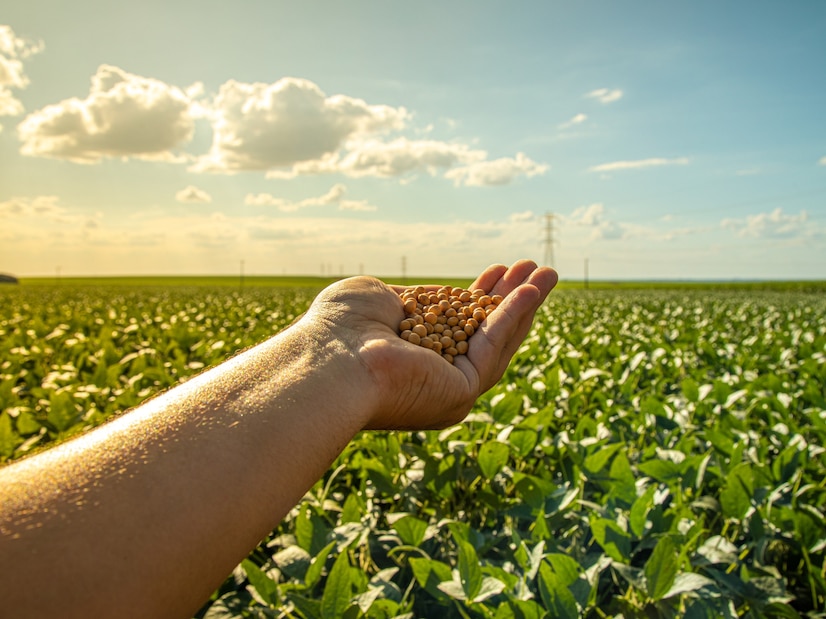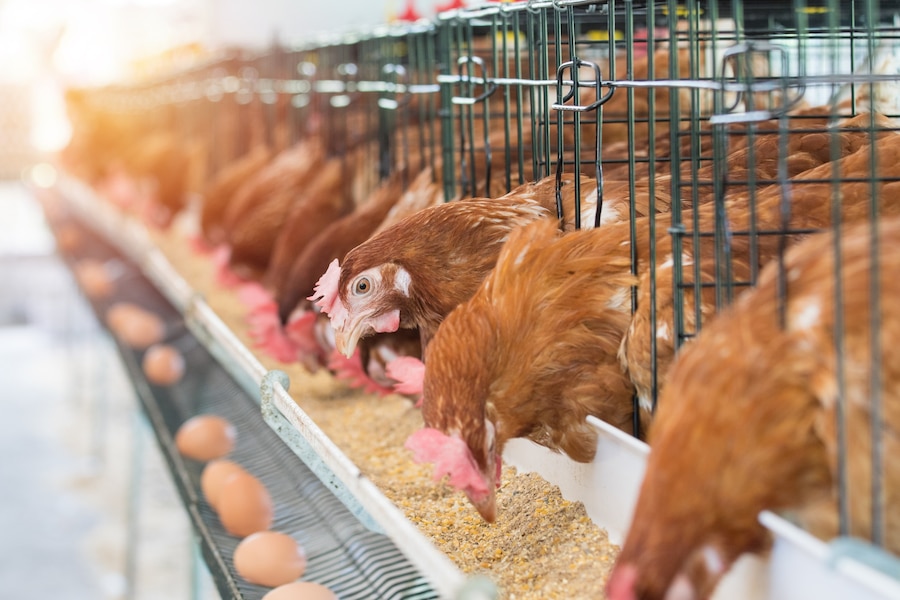There are different ways of farming in agriculture, and each requires different things. For ranching, people often ask what kind of climate is best. To answer this question, we will explore different climates, ecosystems, and farming practices similar to ranching.
Agriculture and climate are inseparably linked. The type of climate in a region greatly influences the success and sustainability of agricultural practices. In the case of ranching, understanding the climate that most closely resembles its requirements can lead to valuable insights for both seasoned ranchers and those new to the field. Before we explore the climates, it’s crucial to grasp the meaning of ranching. Ranching primarily involves raising livestock, such as cattle, sheep, and goats. This agricultural practice significantly provides meat, dairy, and other products to consumers worldwide. But what climate does ranching favor? Let’s find out.
What Type of Agriculture Climate is Most Similar to Ranching?
The climate most similar to ranching is often found in arid (excessively dry) regions and semi-arid (characterized by light rainfall) conditions. These climates are typified by:
1. Limited Precipitation
There’s a significant lack of rainfall in regions with arid and semi-arid climates. This limited precipitation is suited for ranching. Why? Because it drastically reduces the chances of diseases affecting livestock. When the ground is dry, the risk of waterborne diseases and mud-related health issues decreases. Additionally, lower annual rainfall means there’s less likelihood of pastures becoming waterlogged or overly dripping, creating a healthier environment for livestock. Open grazing, a fundamental aspect of ranching, becomes more viable in these drier conditions, enhancing the well-being of the animals.
2. Mild Winters
Winter temperatures benefit year-round grazing and livestock comfort. Harsh winter conditions can make it challenging for livestock to find food and stay healthy. In arid and semi-arid climates, winters are milder, with less extreme cold. Pastures remain accessible throughout the year, allowing livestock to graze continuously. Moreover, livestock, especially cattle, are more comfortable in mild winter conditions, contributing to their well-being and productivity.
3. Grasslands
Ranching often requires vast open spaces with abundant natural grasslands. Arid and semi-arid regions are known for their expansive grasslands, which provide an ideal setting for ranching operations. These grasslands offer a natural and nutritious food source for livestock. Grazing animals, such as cattle, can freely roam and feed on the grasses, making the most of these open spaces. This results in healthier livestock and sustainable ranching practices.
4. Diversity of Flora
Livestock require a varied diet to maintain their health and productivity. Arid and semi-arid climates typically boast a diversity of flora, including edible shrubs and various grasses. This rich mix of vegetation ensures that livestock have access to a range of nutrients, promoting their well-being. The availability of edible shrubs and grasses contributes to a balanced diet, ensuring that livestock receive the essential nutrients they need to thrive.
5. Adapted Livestock
Certain livestock breeds are well-suited to arid and semi-arid climates. Cattle, for example, have evolved to thrive in these dry, hot conditions. Their adaptations allow them to withstand the challenges of arid and semi-arid environments. Their ability to efficiently utilize available food and water resources makes them ideal for ranching in such climates. This adaptability of livestock to the specific conditions of arid and semi-arid regions further solidifies the connection between ranching and these climate types.
Comparing Ranching Climates to Other Agricultural Types
Agriculture isn’t confined to one climate type. Different crops and livestock thrive in various conditions, but some climates are more closely related to ranching. Let’s explore a few of these climate types and see how they compare:
Crop Farming Climates

These regions are suitable for growing crops and often experience higher precipitation levels. This stands in contrast to the dry conditions preferred by ranching. Crop farming, which includes cultivating crops like wheat, corn, and soybeans, relies on sufficient rainfall to support plant growth. These climates may not be ideal for ranching as the excess moisture can lead to muddy pastures and an increased risk of waterborne diseases in livestock.
Corn Belt Climates
The Corn Belt is known for its fertile soil, perfect for growing corn and soybeans. While this region offers favorable conditions for these crops, it differs significantly from the ideal ranching climate. Corn Belt climates receive more rainfall and have milder winters, making them less suitable for the open grazing and adapted livestock characteristic of ranching.
Dairy Farming Climates
Dairy farming, like ranching, involves livestock, but it places a primary emphasis on milk production. Regions with mild climates, characterized by consistent temperatures and moderate precipitation, are conducive to dairy farming. These conditions differ from the arid climates linked with ranching, as they are less extreme and more stable. Unlike the open grazing associated with ranching, dairy farming also often involves sheltered conditions for cows.
Poultry Farming Climates

Poultry farming is versatile and can occur in diverse climates. However, it typically requires sheltered conditions, unlike the open grazing characteristic of ranching. Poultry needs protection from extreme weather, including cold winters and hot summers. This differs from ranching, where livestock like cattle are adapted to withstand various weather conditions while grazing freely.
Viticulture Climates
Viticulture, or winemaking, thrives in specific climates such as the Mediterranean and temperate regions. These climates are distinct from the arid ranching regions. Grapes require specific temperature ranges, sunlight, and well-drained soils, making viticulture climates unique. While both ranching and viticulture involve agriculture, they have vastly different climate requirements and agricultural practices.
Conclusion
In the realm of agriculture, the type of climate has a profound influence on the methods, crops, and livestock that thrive in a particular region. While ranching’s ideal climate aligns with arid and semi-arid conditions, other agricultural practices have unique climate requirements. Understanding the diverse climates associated with various agricultural types enables farmers, ranchers, and policymakers to make informed decisions. Adapting and evolving farming practices in response to climate change and sustainability goals is essential. So, the next time you wonder about the type of agriculture climate most similar to ranching, remember that it’s all about the delicate balance between nature and nurture.
